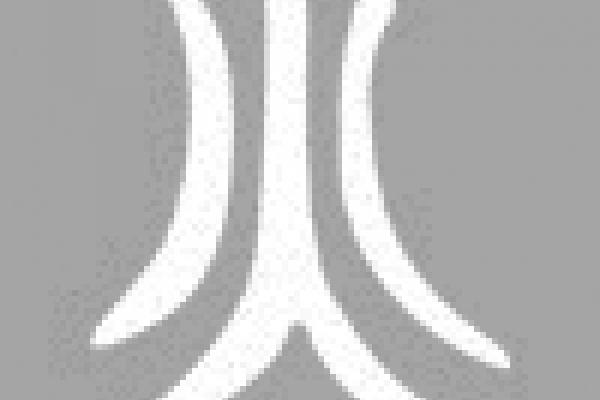Two Korean eSchool courses to be offered at OSU in Autumn 2017

As part of an effort to build a system of shared courses with Korean content among Big Ten schools, the Big Ten Academic Alliance, with funding from the Korea Foundation and coordination from the University of Michigan, offers a series of area studies courses on a variety of Korean topics. These course offerings have small enrollments, are simulcast among multiple universities, and make extensive use of internet-based technologies. The East Asian Studies Center and Institute for Korean Studies coordinate and support the offering of these courses at The Ohio State University. In Autumn 2017, OSU will participate in the following two courses:
Korean 5256: "Making Places in Seoul: History of Urbanism and Development"
Wednesday & Friday, 3:55 - 5:15 p.m. EST
Taught by Dr. Pil Ho Kim at The Ohio State University and shared via videoconference technology with Pennsylvania State University and the University of Wisconsin
Characterized by an ever-increasing population, rampant pollution and jam-packed traffic, Seoul has been regarded as a stereotypical postcolonial East Asian megalopolis. Despite the newly found status as a "second-tier" global city, it has not entirely wiped away the chaotic, ugly and unattractive image of the old for residents and visitors alike. Lately, however, small yet meaningful changes are emerging in Seoul. With little or no emotional attachment to the grand, flashy urban monuments the national and the city governments have built, young artists and creative cultural entrepreneurs move around different places in the city looking for meanings, aesthetics and feelings. Rundown buildings and crooked alleyways are rediscovered and rehabilitated. Often deplored as 'gentrification,' the ongoing urban changes in Seoul prove to be much more significant and complex than what they seem at the first blush. Mainly focusing on five districts in Seoul (Jongno, Gangnam, Dongdaemun, Yongsan, and Mapo), this course will explore how they have come to represent different facets of Seoul's urban culture in the past as well as the present. We will see the birth of modern life going back to the colonial period, the reconstruction of the city from the utter destruction of the Korean War, the breakneck speed of urban development in the era of rapid economic growth, and the rise of the new urbanism around the beginning of the new millenium.
History 8400: "Historiography of Modern Korea"
Friday, 9:50 – 11:45 a.m. EST
Taught by Dr. Charles Kim at University of Wisconsin and shared via videoconference technology with The Ohio State University and the University of Michigan
This seminar explores major trends and issues in the historiography of modern Korea, paying close attention to interactions between culture, intellectuals, politics, and social change, as well as the ways in which Korea has fit into regional and global patterns. The focus for the first part of the semester will be the colonial era, and for the second, the postliberation era. Working chronologically and thematically, students will read a mix of influential earlier studies and important recent works. Students will write weekly response papers and a historiographic essay. The primary objective of this course is to provide students with a strong foundation for future research and teaching on modern Korea.
Students may register for the courses via Buckeyelink. Contact Prof. Mitch Lerner, director of the Institute for Korean Studies, at lerner.26@osu.edu with any questions.
